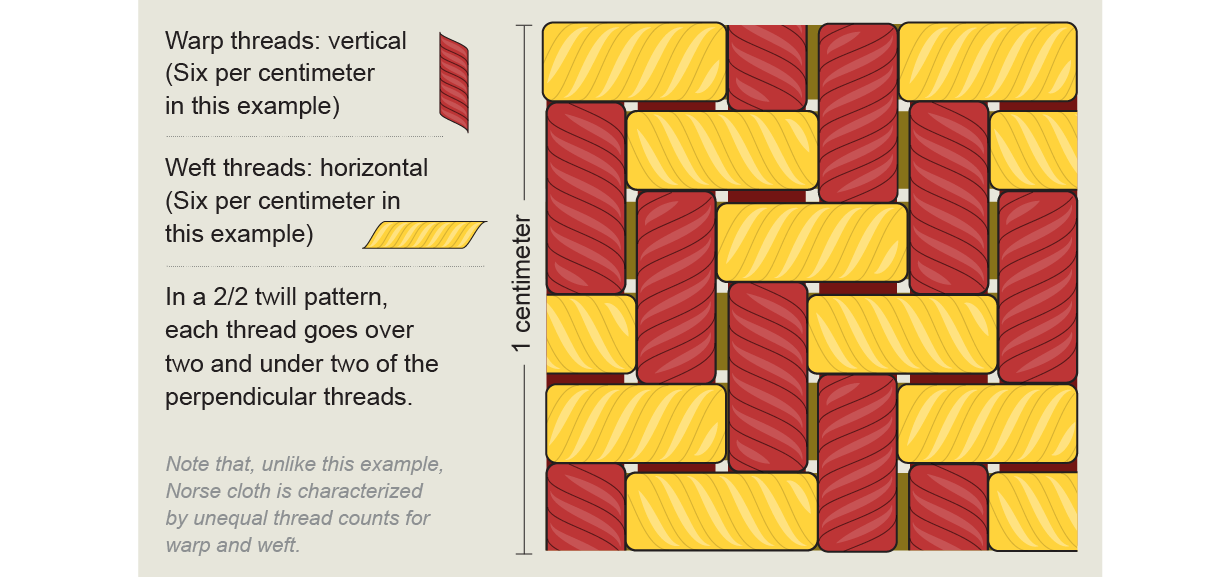The Vikings were not only skilled warriors and seafarers but also accomplished craftsmen who excelled in a wide range of artistic and functional endeavors. From intricate woodwork to elaborate metalwork and intricate textiles, Viking craftsmanship reflected their ingenuity, creativity, and mastery of various materials. In this blog post, we will embark on a journey into the world of Viking crafts, exploring their expertise in woodworking, metalworking, and textiles that enriched their daily lives and left an enduring cultural legacy.

-
The Craftsmanship of Woodworking
- Shipbuilding: Exploring the art of Viking shipbuilding, where timber was transformed into intricate vessels that carried the Norse across the seas.
- Carved Artistry: Discussing intricate wood carvings found in everything from longships to architectural details, showcasing the Vikings' keen eye for detail.
-
Metalworking: Transforming Elements into Art
- Forging Techniques: We will delve into Viking metalworking methods, including blacksmithing and casting, which produced weapons, jewelry, and tools.
- Ornamental Jewelry: Exploring the intricate metal jewelry adorned by the Vikings, from brooches to arm rings, showcasing their aesthetic sensibilities.

-
Textiles: Weaving Narratives in Threads
- Looms and Weaving: Understanding Viking textile production, from basic fabrics to elaborate tapestries, created using upright looms.
- Embroidery and Beadwork: Discussing the intricate embroidery and beadwork that adorned clothing and accessories, reflecting their craftsmanship and artistic expression.
-
Utilitarian Craftsmanship
- Tools and Implements: Exploring the crafting of everyday tools and implements, including cooking utensils, agricultural equipment, and household items.
- Pottery and Pottery Kilns: Touching on Viking pottery, often overlooked but essential for cooking and storage, along with the use of kilns for firing.
-
Symbolism and Legacy
- Cultural Significance: Understanding the symbolism embedded in Viking crafts, such as runes on artifacts and patterns in textiles, reflecting their beliefs and values.
- Modern Influence: Highlighting the lasting impact of Viking craftsmanship on contemporary design, aesthetics, and artistry.
Conclusion: Viking craftsmanship encompassed a wide spectrum of skills, from woodworking and metalworking to textiles and pottery, each contributing to the intricate tapestry of Viking culture. Their ability to transform raw materials into functional and artistic creations reflected not only their technical expertise but also their creative spirit. By exploring the world of Viking crafts, we gain a deeper appreciation for their craftsmanship and the enduring legacy they left in the realms of art and utility.
Works Cited:
- Graham-Campbell, James. Viking Art. Thames & Hudson, 2013.
- Price, Neil. The Viking World. Routledge, 2008.
- Sawyer, Peter. The Oxford Illustrated History of the Vikings. Oxford University Press, 1997.
- Wiking, Karl. "The Art of the Viking Age." The Viking World, edited by Stefan Brink and Neil Price, Routledge, 2008, pp. 501-525.





Leave a comment
This site is protected by hCaptcha and the hCaptcha Privacy Policy and Terms of Service apply.